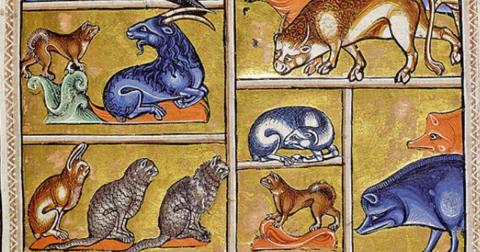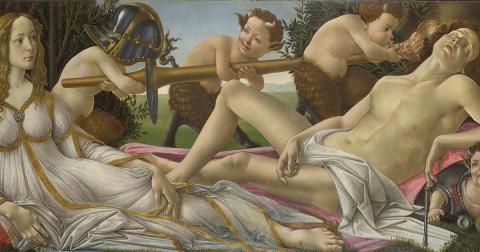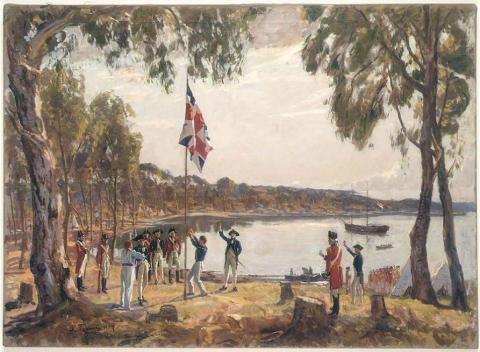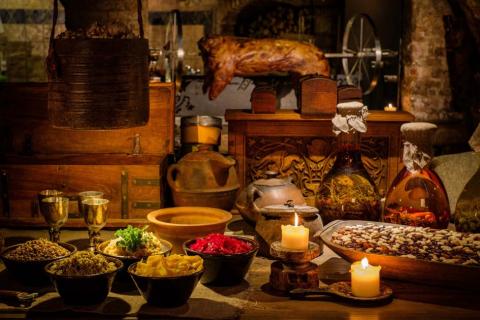During the Middle Ages the phoenix rose from its ashes to be reborn, dangerous dragons battled elephants to the death, and the pelican tore out its own breast to feed its young with its life’s blood – in bestiaries, that is.
- Read more about Medieval Monsters Taught Morals in a Book of Beasts
- Log in or register to post comments













